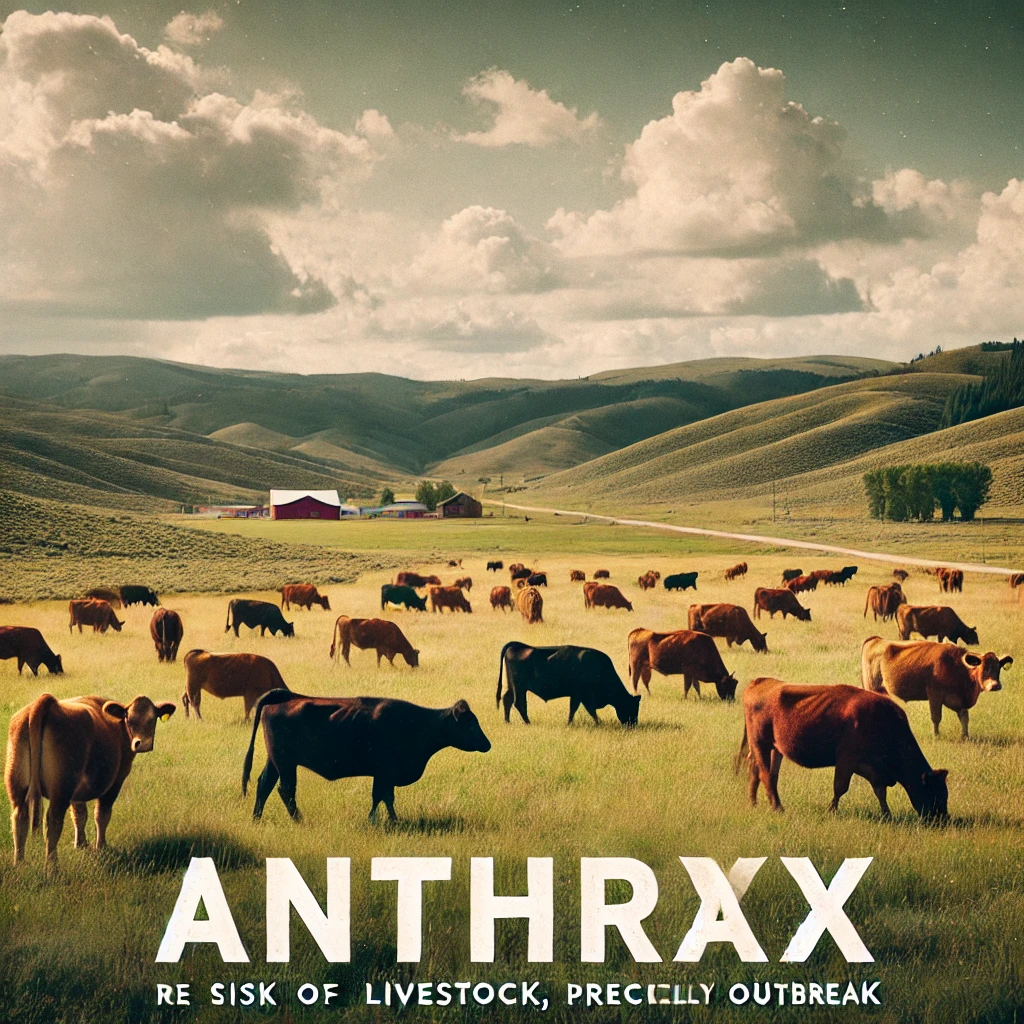
Wyoming has recently experienced an anthrax outbreak that has sparked health warnings across the state, causing concern among residents and livestock owners. Anthrax, a bacterial infection caused by Bacillus anthracis, primarily affects livestock but can also pose a serious threat to humans who come into contact with infected animals or animal products. Here’s everything you need to know about the outbreak, its risks, and preventive measures.
What is Anthrax?
Anthrax is a serious infectious disease that occurs naturally in soil and commonly affects domestic and wild animals. Livestock like cattle, sheep, and goats are particularly vulnerable. The bacteria can produce spores that remain dormant in the environment for long periods, making it difficult to eliminate.
While human anthrax infections are rare, they can occur through contact with infected animals or animal products, especially in rural areas. There are three main forms of anthrax in humans: cutaneous (skin), inhalation (lungs), and gastrointestinal (digestive system). Each form requires immediate treatment, usually with antibiotics.
The Wyoming Outbreak
According to local authorities, the outbreak was first detected in a rural area of Wyoming where several livestock fatalities were reported. The Centers for Disease Control and Prevention (CDC) has issued a health warning, advising people to avoid contact with any potentially infected animals and to report unusual livestock deaths immediately.
The source of the outbreak is believed to be naturally occurring spores in the soil, which may have been disturbed by recent weather changes, making conditions ripe for bacterial growth.
Symptoms and Risks
Infected animals may show sudden signs of illness or even die without obvious symptoms. Key symptoms in humans include:
- Fever
- Shortness of breath
- Swelling of lymph nodes
- Severe skin lesions
If left untreated, anthrax can be fatal, particularly the inhalation form, which is the most dangerous. Anyone who suspects they may have been exposed should seek medical attention immediately.
Preventive Measures
Authorities are urging farmers and ranchers to vaccinate their livestock against anthrax. Humans can reduce their risk of infection by avoiding contact with dead or sick animals and ensuring protective measures are in place when handling animal products.
The Wyoming Department of Health is closely monitoring the situation, and CDC guidelines recommend that anyone working with animals in affected areas should use personal protective equipment (PPE) to reduce exposure risk.
Conclusion
Anthrax remains a rare but serious threat, especially during outbreaks like the one currently affecting Wyoming. By staying informed and following health recommendations, residents and animal owners can protect themselves and their livestock from this deadly disease.


